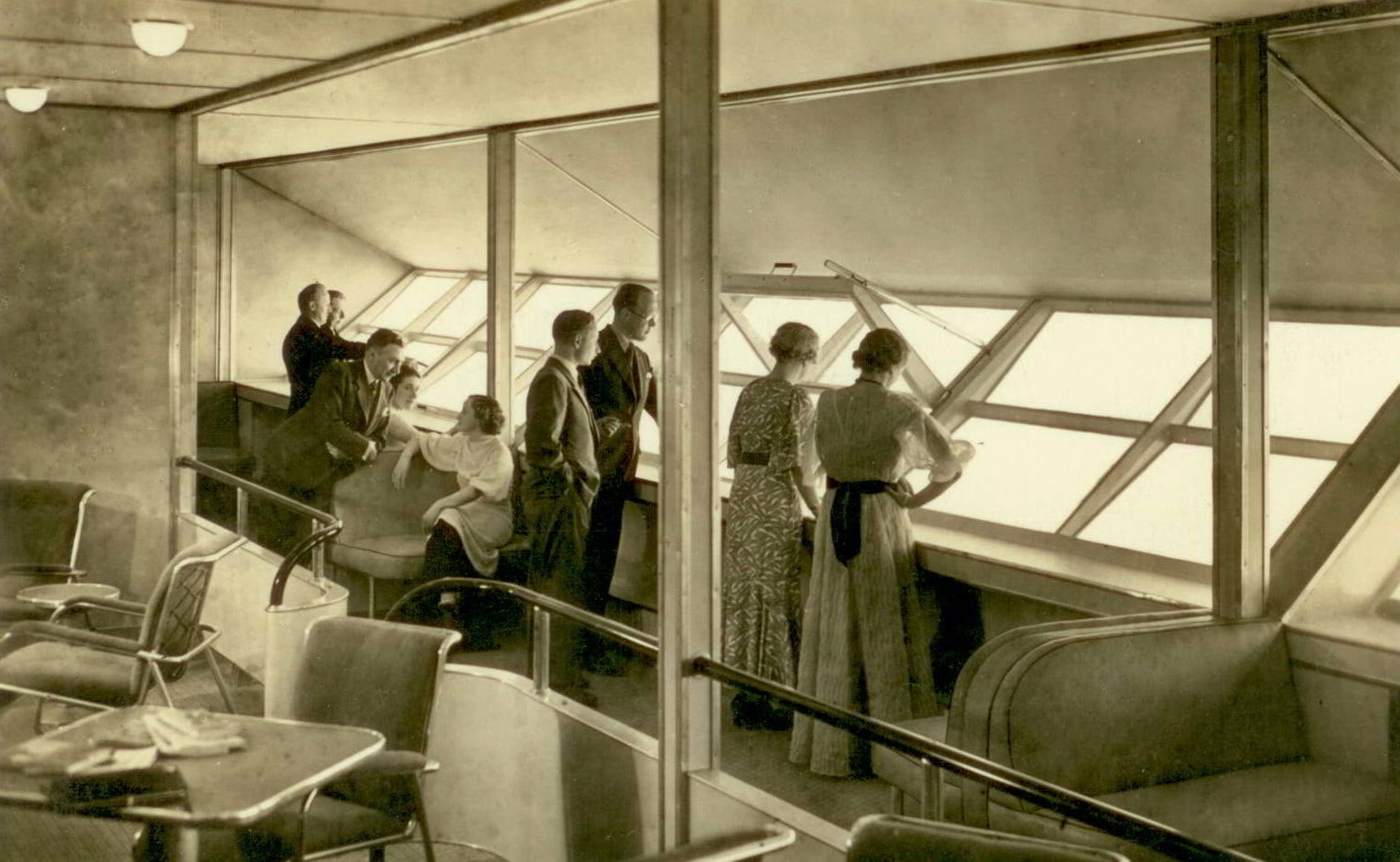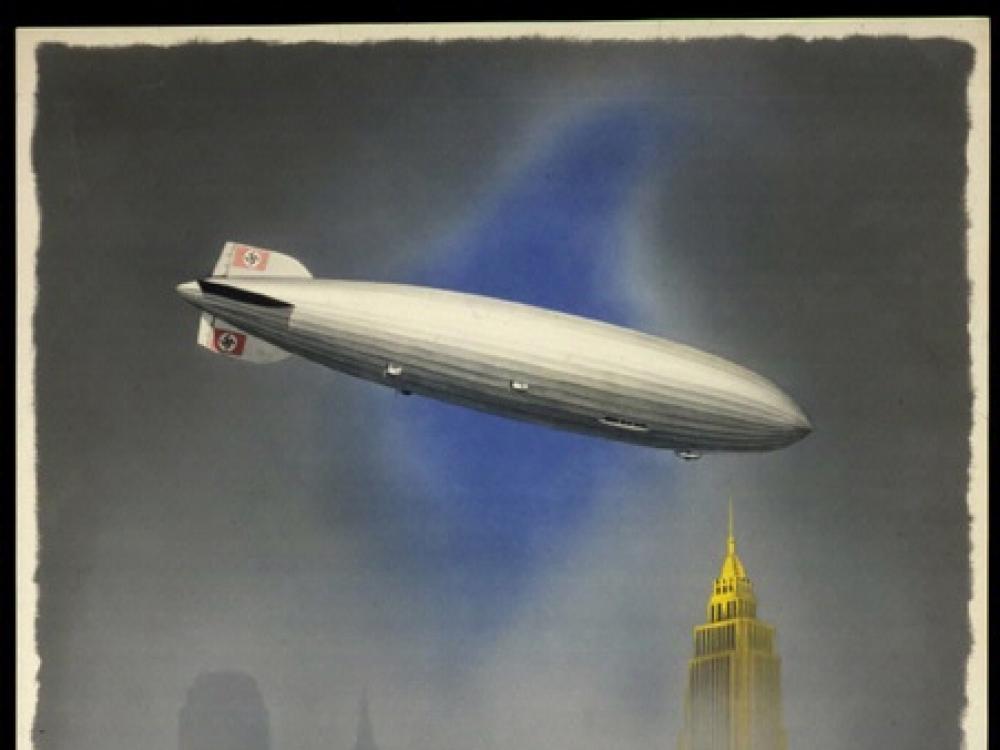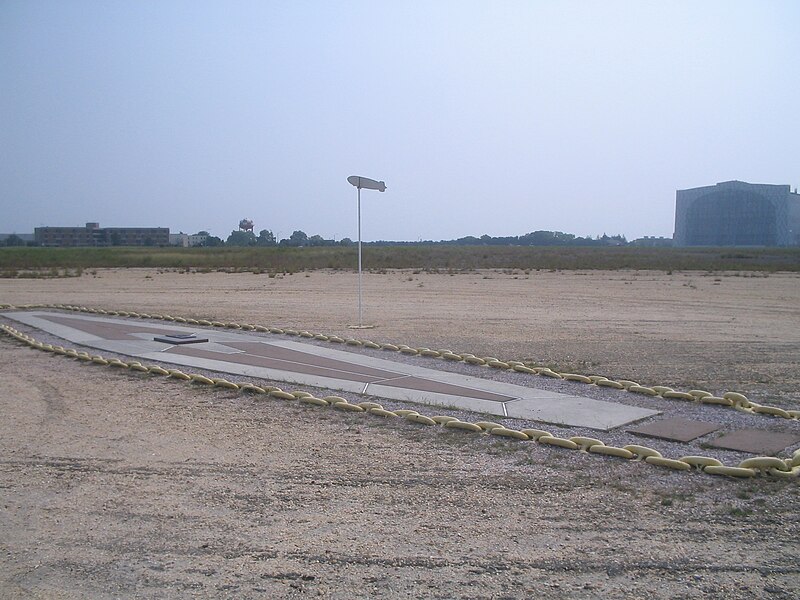When the Skies Turned to Flames: The Untold Story of the Hindenburg Disaster
HELLO AND WELCOME TO MY BLOG!
Greetings, fellow aviation enthusiasts! Welcome to my blog, where we delve into fascinating stories from the skies. Today, we embark on a journey back in time to one of the most infamous incidents in aviation history: the Hindenburg disaster. Brace yourselves for a detailed and friendly account that sheds light on this tragic event.
Picture this: It's May 6, 1937, 86 years ago today and the mighty Hindenburg, a majestic airship filled with promise and grandeur, is preparing for its landing at Lakehurst, New Jersey. The anticipation is palpable as spectators gather to witness this marvel of engineering gracefully touch down. Little do they know, disaster is about to strike.
Now, let's not beat around the bush (or should I say, the airship). The Hindenburg was a behemoth, measuring a whopping 804 feet in length and filled with hydrogen gas, which was, unfortunately, highly flammable. As you can imagine, this is not the best combination for a floating vessel.
As the Hindenburg descended toward the landing area, tragedy struck. A spark ignited the hydrogen-filled envelope, causing a devastating fire to engulf the airship. The once-majestic craft, touted as the future of air travel, transformed into a towering inferno, leaving everyone in shock and disbelief.
The details of the disaster are heart-wrenching, my friends. The Hindenburg, which had carried passengers in luxury and style across the Atlantic, became a horrific scene of chaos and despair. The flames consumed the airship within minutes, leaving those onboard and the onlookers helpless and horrified.
Despite the harrowing circumstances, we must remember the bravery displayed that day. The crew members and ground staff rushed to aid those trapped in the burning airship, showing incredible courage in the face of adversity. Their actions remind us of the strength of the human spirit, even in the darkest of moments.
In the aftermath of the disaster, investigations were carried out to determine the cause. It was revealed that the spark that ignited the hydrogen was most likely due to a discharge of static electricity, combined with the flammable materials used in the airship's structure. This tragic event ultimately led to a shift away from hydrogen-filled airships and a greater focus on safer alternatives.
As we reflect on the Hindenburg disaster, let us not forget the lessons learned and the improvements made in aviation safety. While this catastrophe was undoubtedly a dark chapter in aviation history, it served as a catalyst for advancements that continue to shape the industry today.
So, dear readers, as we conclude our journey into the Hindenburg disaster, let us honor the memory of those affected by this tragic event. May their stories remind us to appreciate the progress made in aviation safety and to celebrate the indomitable spirit of those who strive to make the skies a safer place for all.
Thank you for joining me on this exploration, and until our next adventure, happy flying!
Oh, by the way, Just wanted to remind you that in addition to my aviation blog, I also have another blog dedicated to the extraordinary stories from history. It's called historyisextraordinary.blogspot.com, and it's packed with interesting and hilarious tales from the past. If you're a fan of learning about history in a fun and engaging way, then be sure to check it out! Who knows, you might just learn something new, or at least have a good laugh. Let me know in the comments if you're interested in hearing more!








:max_bytes(150000):strip_icc()/Hindenburg_first_landing_at_Lakehurst_1936-58e7241f5f9b58ef7e76d379.jpg)
we appreciated
ReplyDeleteThank you ma'am. I am more than glad you liked it.
Delete